Beef Nutrition
All Beef Nutrition Content

Ready, Set, Manage Hay Differently
Feed is expensive and sometimes hard to find. Pasture prices, harvest expenses, hauling and waste add to the total feed bill. Evaluate your forage situation this winter and make changes that improve your profitability.
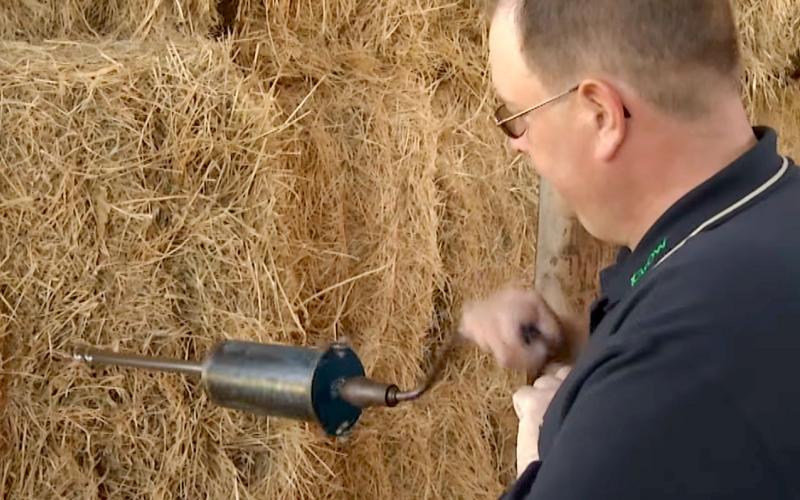
Forage Sampling Procedures
Proper sampling of forage is essential if we want to obtain an accurate indication of the nutrient composition, dry matter content, or value of any feedstuff.
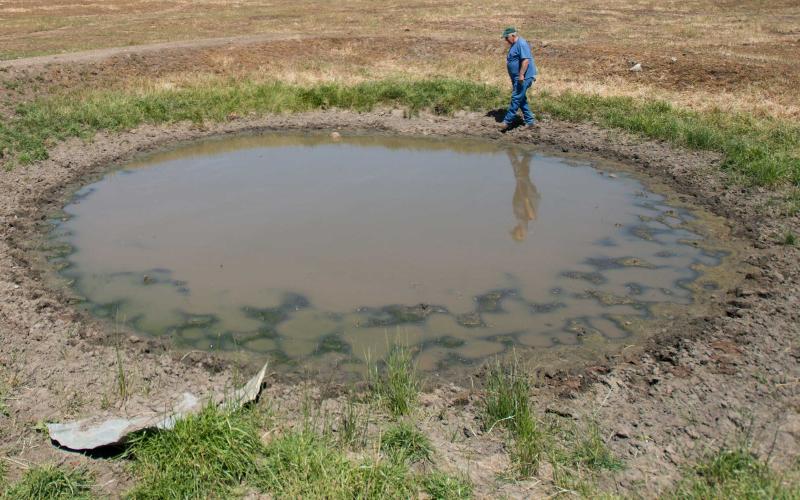
How Do Sulfates in Water Affect Livestock Health?
Poor-quality water will cause an animal to drink less. As a result, they also consume less forage and feed, which leads to weight loss, decreased milk production and lower fertility.
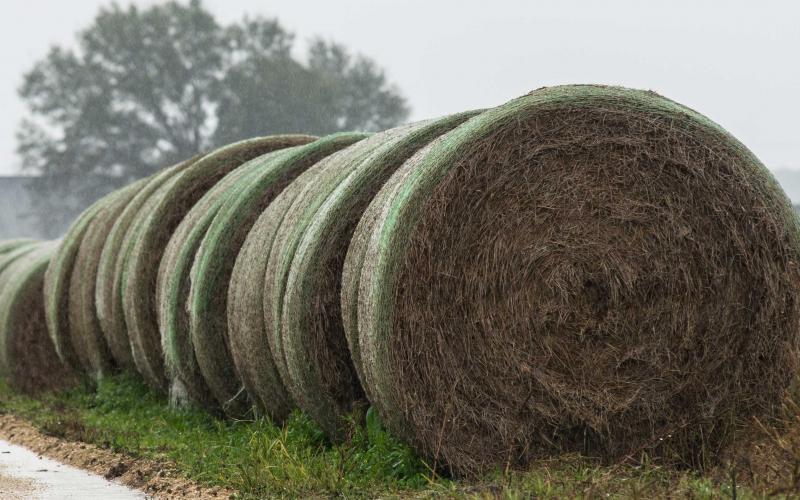
Round Bale Storage Conservation
Fact sheet discussing conservation of round bale storage.

How Important Is Water Quality to Livestock?
Water is the most important nutrient to all livestock animals and is sometimes overlooked. Poor quality water can have a negative effect on growth, reproduction, and general productivity of the animal.
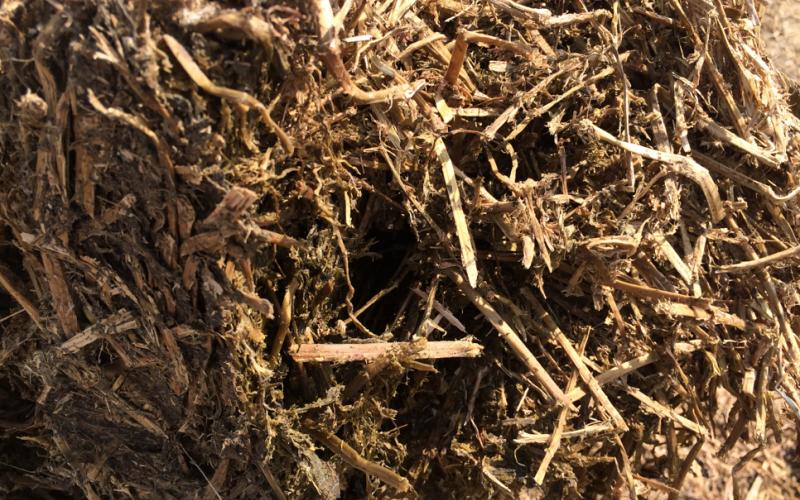
Minimizing Hay Storage Loss From Heating or Fires
Successful hay storage is essential to preserving high quality forage, while ensuring desired performance from livestock and deterring economic losses from unwanted hay storage fires.
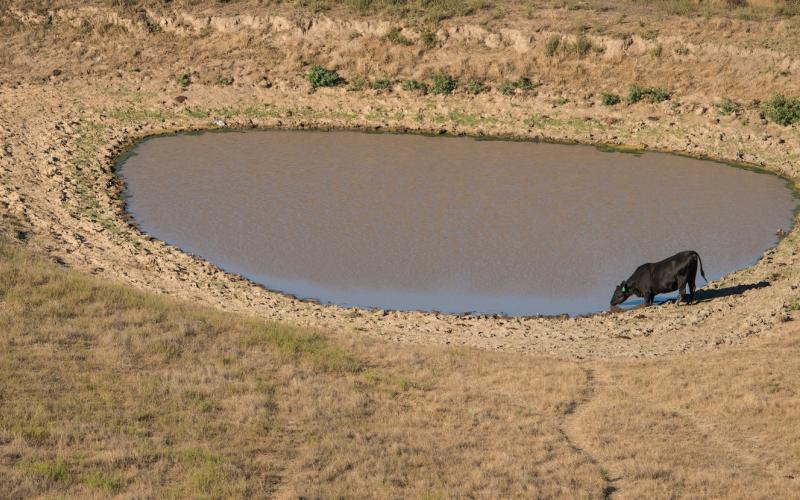
Feed & Water Testing Laboratories
A partial listing of available feed testing laboratories.
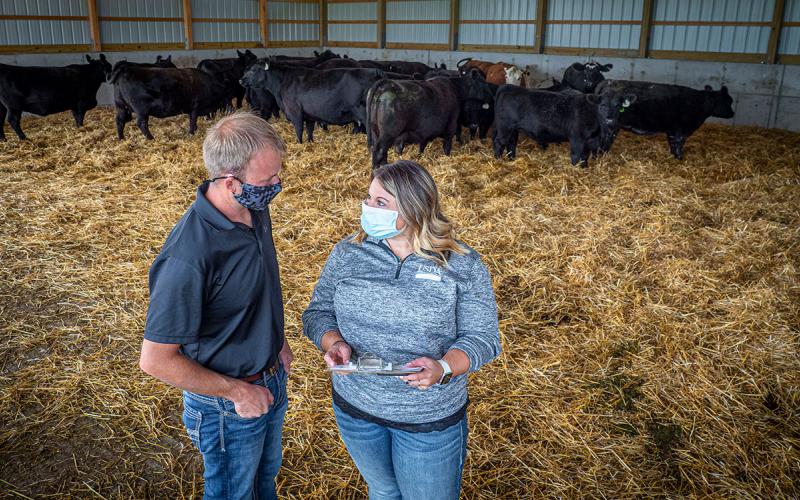
Livestock Feed Assistance Program
The U.S. Department of Agriculture-Farm Service Agency administers the Livestock Forage Disaster Program. The program assists producers who are dealing with drought and other grazing losses.
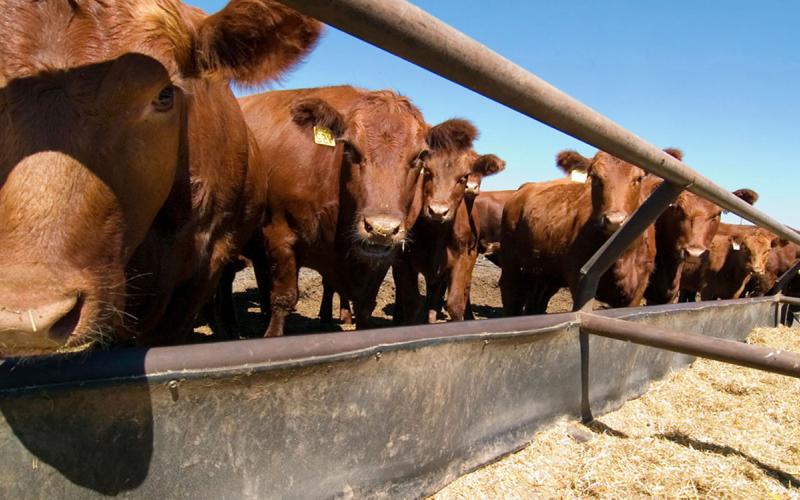
SDSU, UMN Extension to Host Interstate Cattle Feeders Day
October 26, 2021
Cattle feeders from South Dakota, Minnesota and northwest Iowa are invited to attend an Interstate Cattle Feeders Day Dec. 7 at the Holiday Inn Express Event Center in Brandon, South Dakota.
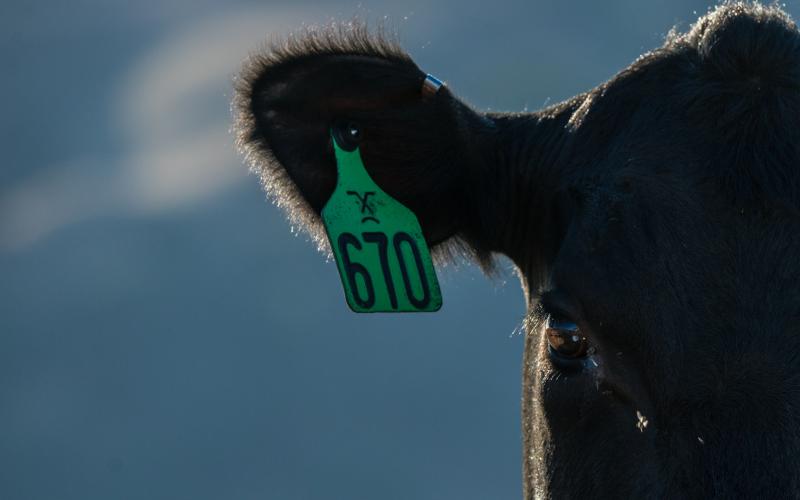
Getting Replacement Heifers Ready to Breed
Producers should take some time to evaluate replacement heifers’ health, nutrition and reproductive status to ensure high-quality females entering the cow herd.